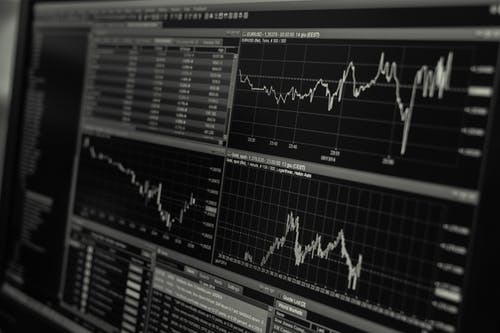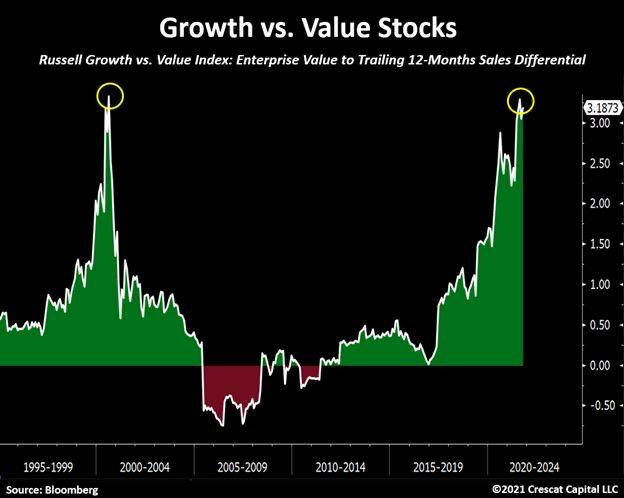Speculative advice
Do you want to become an owner?
Do you want to renew your mortgage?
Are you wondering what will happen to your second pillar in the future? Would ii not be wise to take advantage of the benefits of home ownership?
We compare and negotiate the best mortgage rates in the market on your behalf and for your benefit.







